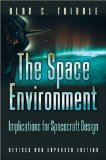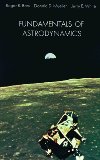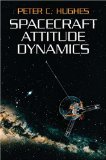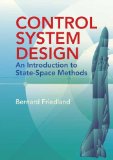Space debris, also known as orbital debris, consist of artificial objects in orbit around Earth that no longer serve any useful purpose.
Most of the space debris population consists of fragments resulted from explosions and collisions, but some are spent rocket stages and satellites that are no longer operational. Fragmentations occur during a satellite breakup or an anomalous event.
A satellite breakup is a destructive disassociation of a payload, rocket body, or structure. Most of the time, breakups generate ejecta with a wide range of velocities, and this affects the evolution of the particle cloud following the breakup. As the ejected particles spread out from the point of breakup with different initial conditions, some of them may remain well correlated for a long time, while others may disperse into dissimilar orbits. Satellite breakups are accidental, but there are exceptions when they are deliberate, as in the case of a space weapon test. An anomalous event is the unplanned separation of one or more detectable objects from the satellite. These separations happen at low velocities and the satellite remains intact. As an example, the separation caused by the deterioration of a thermal blanket or a protective shield is classified as an anomalous event. Clearly, a satellite breakup generates more debris than an anomalous event.
As the space debris are associated with spacecraft launches, the highest densities are found on the most popular altitudes and inclinations. While the altitudes are characteristic to mission types, the orbital inclinations correspond to the latitudes of the current launching facilities.
There are numerous characterizations of the space debris environment. A common method used for describing it is the spatial density of resident space objects, which is a representation of the effective number of spacecraft and other objects as a function of altitude. On such a representation there are several high-density regions that are evident: near 890 km due to Fengyun-1C event, around 780 km where the Iridium constellation of satellites resides, and the region around 1,400 km, inhabited by the GLOBALSTAR constellation. There are certain differences in the distribution in the low Earth orbit region (altitudes of 160-2,000 km) and the distribution in the geosynchronous orbit region (altitudes of 35,000 km). These are caused by the fact that high inclination orbits, characteristic to the LEO region, yield a greater collision rate because objects in these high inclination orbits can collide in the overlapping regions with other objects on complementary orbits, and also the GEO environment is characterized by lower collision velocities.
Another method of characterization is the population distribution by object type (e.g. spacecraft, rocket stage) and by source (e.g. United States, People’s Republic of China). For example, on August 1st, 2007, the U.S. Satellite Catalog presented the following Source vs. Type statistic for on-orbit objects.
Source vs. Type Accounting (on-orbit objects) / 1 August 2007 U.S. Satellite Catalog
| US | CIS | France | PRC | India | Japan | ESA | Other | Total | |
| Payloads | 1,063 | 1,324 | 44 | 61 | 33 | 103 | 36 | 387 | 3,051 |
| Rocket bodies | 542 | 837 | 97 | 37 | 8 | 35 | 6 | 27 | 1,589 |
| Mission related debris | 779 | 507 | 92 | 62 | 1 | 36 | 12 | 5 | 1,494 |
| Breakup debris | 1,666 | 1,524 | 126 | 2,315 | 97 | 2 | 18 | 35 | 5,783 |
| Anomalous debris | 144 | 82 | 3 | 0 | 0 | 0 | 0 | 0 | 229 |
| Totals | 4,194 | 4,274 | 362 | 2,475 | 139 | 176 | 72 | 454 | 12,146 |
It is interesting to see that debris is dominant among all sources, and they are mostly due to space activities of the United States, Commonwealth of Independent States, and People’s Republic of China.
Two major collision events in Earth’s orbit are mentioned in the scientific literature: the Chinese Fengyun-1C anti-satellite (ASAT) test in 2007, and the first accidental collision between two large intact satellites, Iridium 33 and Cosmos 2251, in 2009.
Fengyun-1C, a box shaped satellite weighing 950 kg, was launched in May 1999. The satellite was intercepted and destroyed at an altitude of 860 km on January 11, 2007, by a kinetic kill vehicle at a relative speed of approximately 12 km/s. The debris cloud formed as a result of the Chinese ASAT test represents the worst contamination of low Earth orbit in history. It was estimated that the impact generated more than 2,300 trackable objects, and more than 1,000,000 objects 1 mm in diameter or larger. More than half of the fragments created during the impact and identified by ground measurements have present orbits exceeding a mean altitude of 850 km, which means that they will be part of the debris population for decades. As a result of this test, an increase of the population of 69% has been observed. The Fengyun-1C ASAT test was not a first, though. The first artificial satellite used as a target in an ASAT test was Solwind (P78-1), a scientific spacecraft used for coronal research. Launched in February 1999, the P78-1 was experiencing automatic shutdown of the scientific payload due to degradation of the power systems, and it was destroyed by an ASM-135 ASAT suborbital rocket on September 13, 1985.
It is important to mention the details of the collision between the Iridium 33 and the Cosmos 2251 satellites. The event got a lot of media coverage and it seems that it was the catalyst of a number of new initiatives related to the space debris environment in the space industry. Iridium 33 was an operational communication satellite, one of the Iridium Constellation satellites. Cosmos 2251 was a Russian communication satellite, retired at the time of time of the collision. This was the first major collision of two satellites in Earth orbit.
From May 2003 to August 2007, there are twenty-one on-orbit fragmentations and seven anomalous events recorded. The historical total, recorded starting in October 1957, is 194 fragmentations and fifty-one anomalous events.










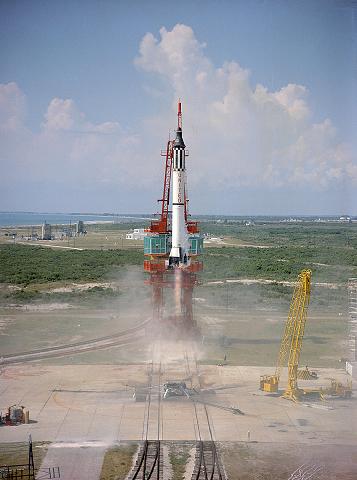
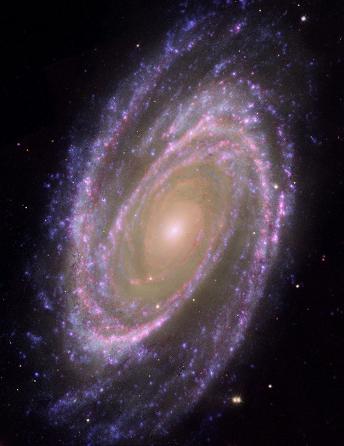



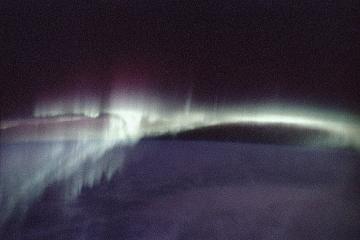


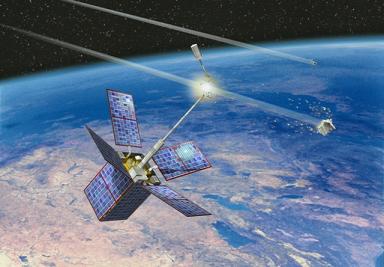
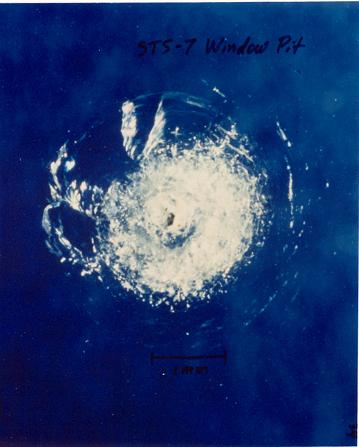
 Subscribe to blog posts using RSS
Subscribe to blog posts using RSS






